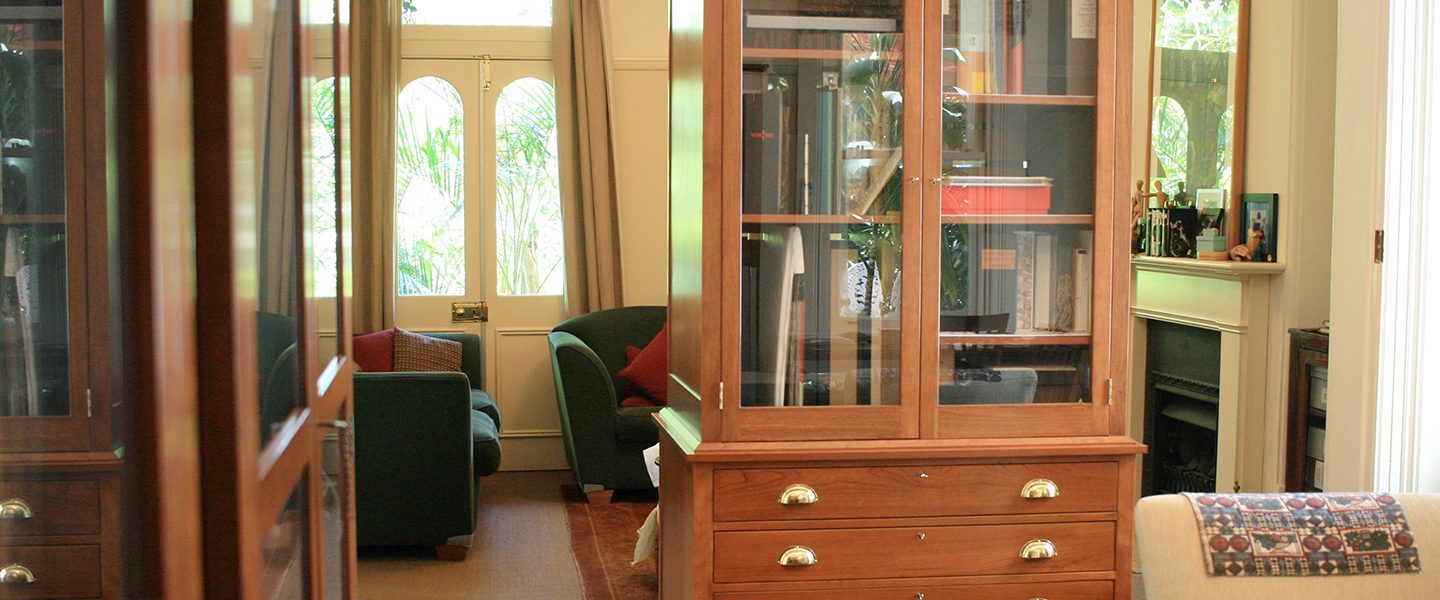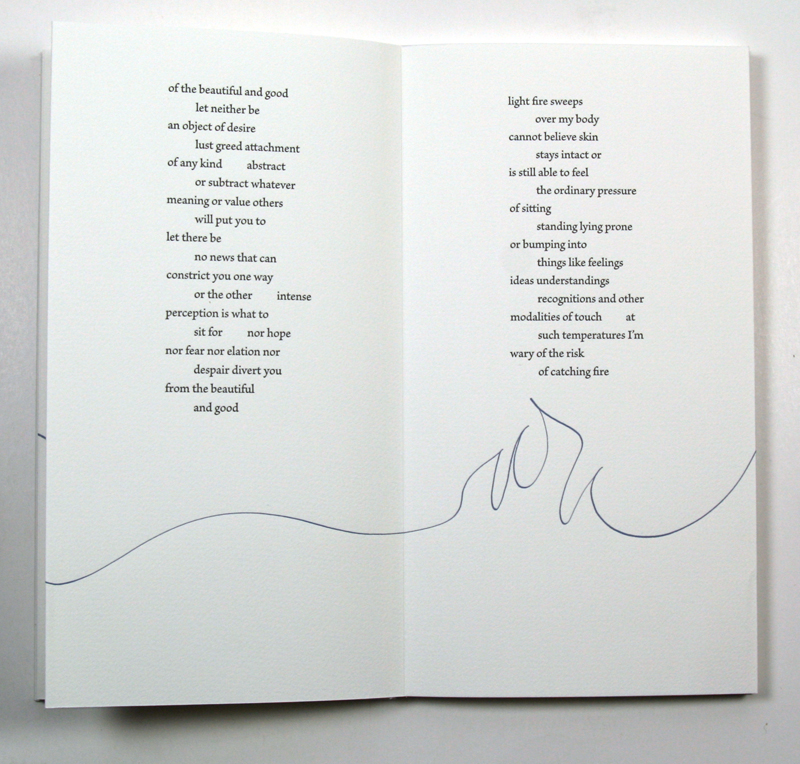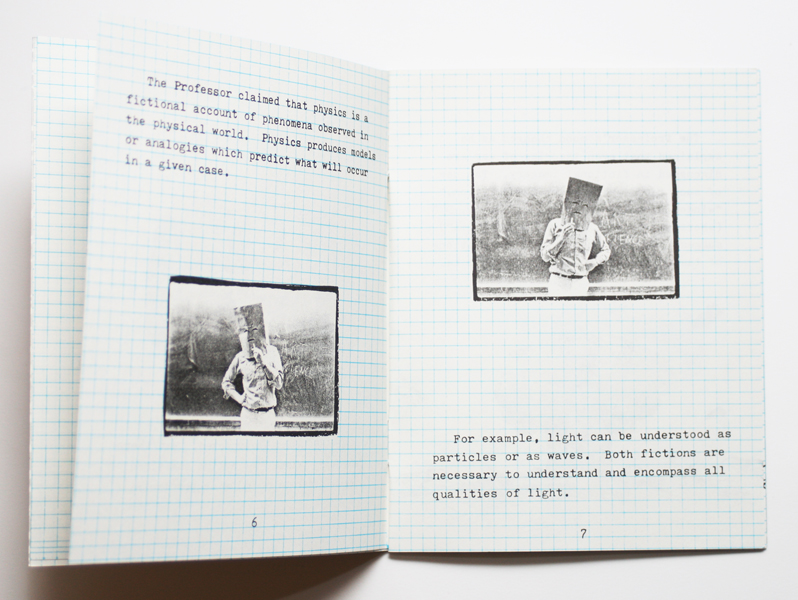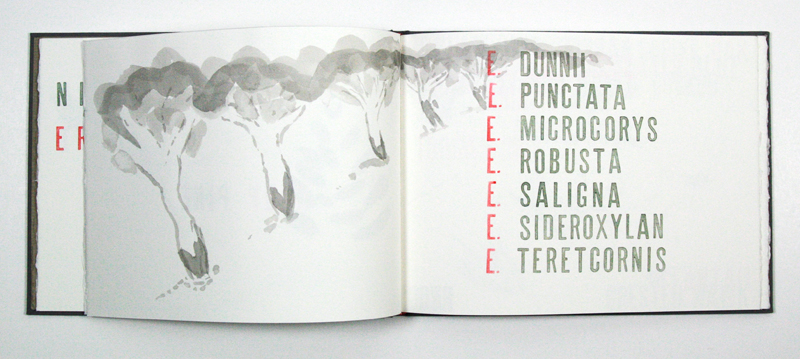In 2013 Alan Loney wrote: “ ‘The trouble with artists’ books’ meant that the term ‘artists’ books’ was incapable of precise definition – but … in fact they were working with a precise definition, which stated that an artists’ book is a book (or anything named a book) made (or project–managed) by an artist. What’s more, the definition was a kind of permission given to artists only to provide the conditions under which the term ‘book’ as a component of the phrase ‘artist’s book’ was to be understood — the conditions under which the rest of the population legitimately uses the term ‘book’ were not considered, not referred to — this allows artists to name anything they make as an ‘artist’s book’, without recourse either to history or to the international context in which the terms ‘book’ or ‘artist’s book’ are otherwise normally used —” 1
I have a 1983 exhibition catalogue of Western and Japanese artists’ books that traveled through Japan that year. There are two catalogue essays, one by Tim Guest and the other by Yusuke Nakahara.
Tim Guest begins, “Artists’ books can most simply be described as those books which have been conceived, designed and produced by visual artists… artists’ books are … complete artworks in themselves: they are artworks in the form of books.” He goes on, however, to narrow the field right down to a “distinct genre” of those books “by artists who are self-consciously exploring the possibilities of printed books: the social dynamics of a reproducible vs. a unique art object; the aesthetics of the mass printed media vs. fine art prints and deluxe editions.” 2
In his essay, What is artists’ books? (sic) Yusuke Nakahara writes, “ ‘Artist’s book’ may be unique in its content, but it is not that unique as a form… its ‘raison d’etre’ does not lie in its form, but rather in its intrusion into the domain of books.” He acknowledges, in particular, the link between the artist’s book and performance art. He finishes with “However, the domain of ‘artist’s book’ is so extensive that we still cannot begin to define this unique art form clea[r]ly. Perhaps the reason for ‘artist’s book’ may also lie in this inability to define.” 3
Since 1983 there seems to have been little change in this oscillation between quite precise definitions and artists’ books being beyond definition. Once I thought it was important to try to pin down a definition, even though when I pick up a book I know whether it is one or not; whether it falls towards mastery or failure in its realisation of ideas and its production; where it sits on a continuum between illustrated book and book object, between small press and multiple, between catalogue and sketchbook. In looking for a definition, I thought it might lead us, the artists working with the book, the librarians and curators handling them and the audience reading them, to a place where we were clear about what we were talking about, but it hasn’t. The struggle for a definition has become an ouroboros endlessly turning on itself.
In 1995 Johanna Drucker wrote the following in her article Critical Necessities. “In order to move artists’ books out of the artsy-craftsy ghetto into which they have drifted and to insert artists’ books into contemporary arts it seems essential to take seriously the terms on which books are conceptualized as an artistic form—especially from within the networks of artists committed to books as their primary medium. That means making distinctions between what is and isn’t a book as well as what makes an interesting and vital work and what doesn’t.” 4 She continues. “The point of making critical distinctions between what is and isn’t an artist’s book is not to establish policies of exclusion, but to put fundamental parameters into place for critical evaluation of artists’ books as an artistic practice.” 5
Twenty years later, there seems to be no way of containing and restricting the use of the term artist’s books, no way of setting fundamental parameters. Curators create artist’s book awards and exhibitions with scant regard for any intellectual or theoretical framework or critical analysis. One can’t help thinking that their concern often is making the exhibition attractive, tallying the visitors, which in turn equates to continued funding. In Australia, inadvertently, the gallery space is probably defining the artist’s book more powerfully than anything else. But the gallery space is extroverted and the antithesis of the book. It always comes up, the problem with exhibiting artists’ books—this is because books are not meant to be exhibited, they are meant to be read. I have heard artists express their frustration about the book’s ‘closed’ nature, that you can’t ever ‘see’ the full work. These comments made me realize that mainstream art practice, exhibition work, is intrinsically extroverted. The artist who wants to make work for the gallery wall shouldn’t make books.
François Deschamps writes, “I feel that artists’ books are a good art form for shy people allowing them to do all kinds of things—some outrageous—in the privacy of their own practice. That a shy person can deliver a completed book, walk away, and avoid the pain of watching the audience look (or not) at their work. As a shy person, books have allowed me to say and do things that I could not have done in other ways.” 6
In the gallery the book struggles. The space for a reader and reading is usually denied. Unless reading more than the displayed opening is allowed and there are comfortable seats, there is no reading space. The works that jump forward, making the show eye-catching, are the pieces that mimic the space, that are extroverted and engage quickly, so these works are favoured by curators who want to cover white walls, who therefore have little interest in any tight parameters of what an artist’s book is. The bigger and more cavernous the gallery space, the more this is true. The smaller and more intimate the gallery, the better chance the book has of engaging. The ideal space would be set up with comfortable chairs that invite sitting, reading and spending time.
In 1985 Lucy Lippard wrote: “It’s an artist book, if an artist made it, or if an artist says it is.” 7 This statement has convoluted towards comments like “if an artist puts it forward as a book, I have to agree,” 8 and further shifted towards the thought that if an artist wants to call ‘it’, a book, say a cathedral with stained glass windows, then the cathedral, or whatever, is a book.9 This drives me nuts. It’s not the progression of the thinking that gets me but the superficiality of it, the lack of any depth of analysis or questioning. Shall I now call all my books cathedrals? This loosening of definitions to let anything be a book is the antithesis of setting parameters.
So I have turned away from using artists’ books and use it as seldom as possible, because I have no idea what that combination of words is actually conjuring up in the mind of my listener. Instead I prefer books by (book) artists and bookworks. The book again comes to the fore. I don’t have to ask if it is a book. I don’t have to justify a work being a book. I ask how has the artist engaged with the book? Do they understand those qualities that make the book special/other? Do I connect with the subject matter and with the artist, the maker of this book? How have they used the qualities of the book to enhance their work?
- Alan Loney, Electro Editions, from Shaking the Pumpkin, unpublished comment on ‘The Trouble with Artists’ Books’, Siganto Foundation seminar, State Library of Queensland, May 4, 2013
- Guest, Tim. Pictures and illustrations, p. 11, catalogue essay in Artists Books 1983 Lumeri Gallery, Tokyo, Japan, 1983
- Nakahara, Yusuke, What is artist’s book? p. 19-20 catalogue essay in Artists’ Books 1983, Lumeri Gallery, Tokyo, Japan 1983
- Drucker, Johanna, Critical Necessities, JAB 4, Fall, 1995 p. 1.
- ibid p. 4
- p. 18 Deschamps, François Milkweed Seeds, JAB 27 Spring 2010
- Lucy Lippard 1985, original source unknown. Quoted by Simone Moser, Museum Moderner Kunst Stiftung Ludwig Wien in the information brochure to the exhibition Künstlerbücher : Artists’ Books, Internationale Exponate von 1960 bis heute, Benedikterstift, Admont, Austria. May 2 – November 2, 2014
- Jan Davis comment at ‘The Trouble with Artists’ Books’, Siganto Foundation seminar, State Library of Queensland, May 4, 2013
- From discussion raised at the judge’s talk, Libris Award 2013, Artspace Mackay May 11, 2013




